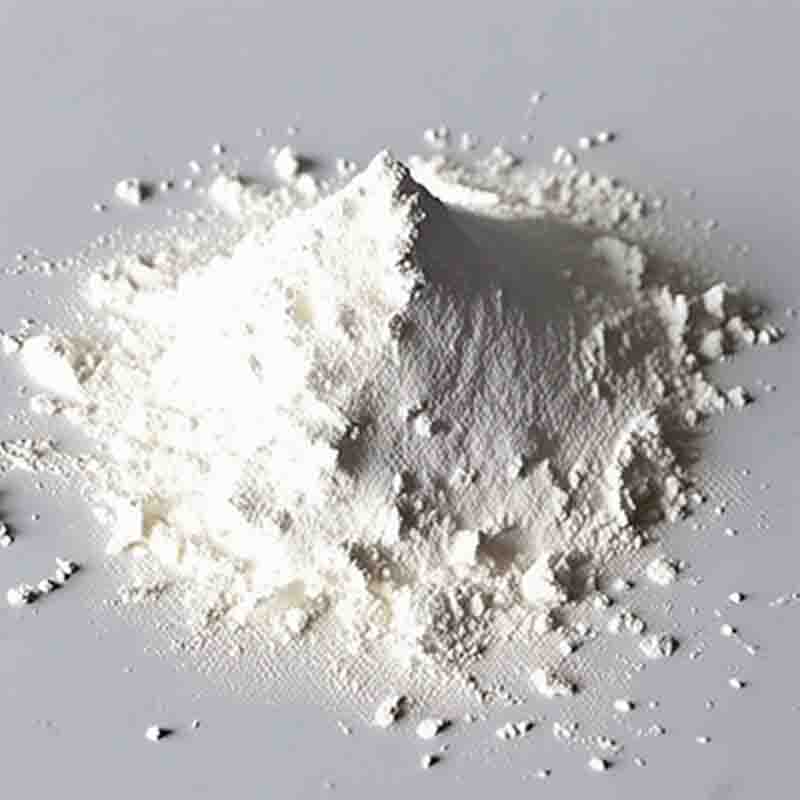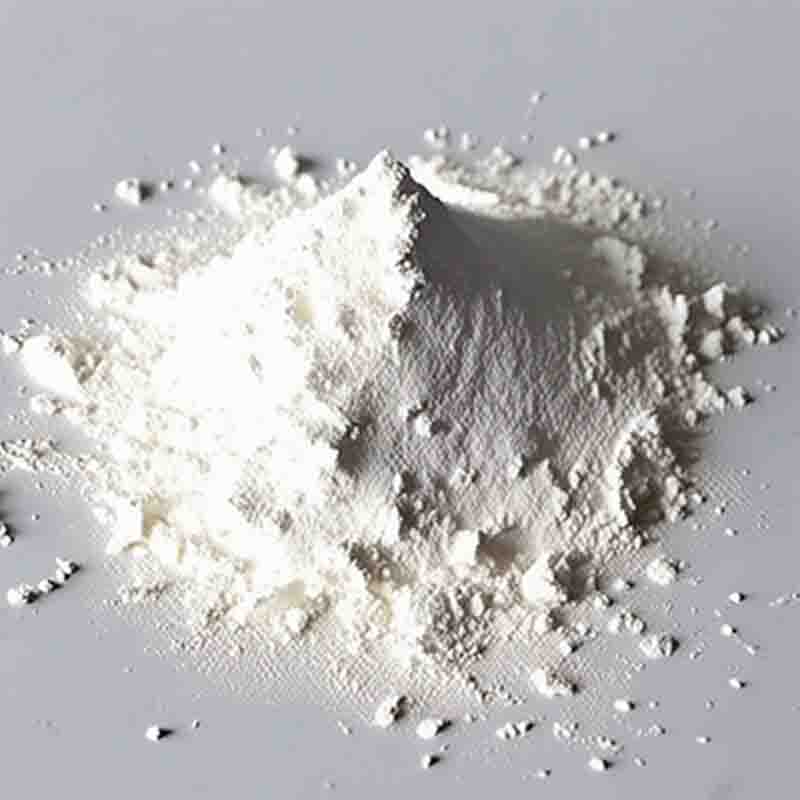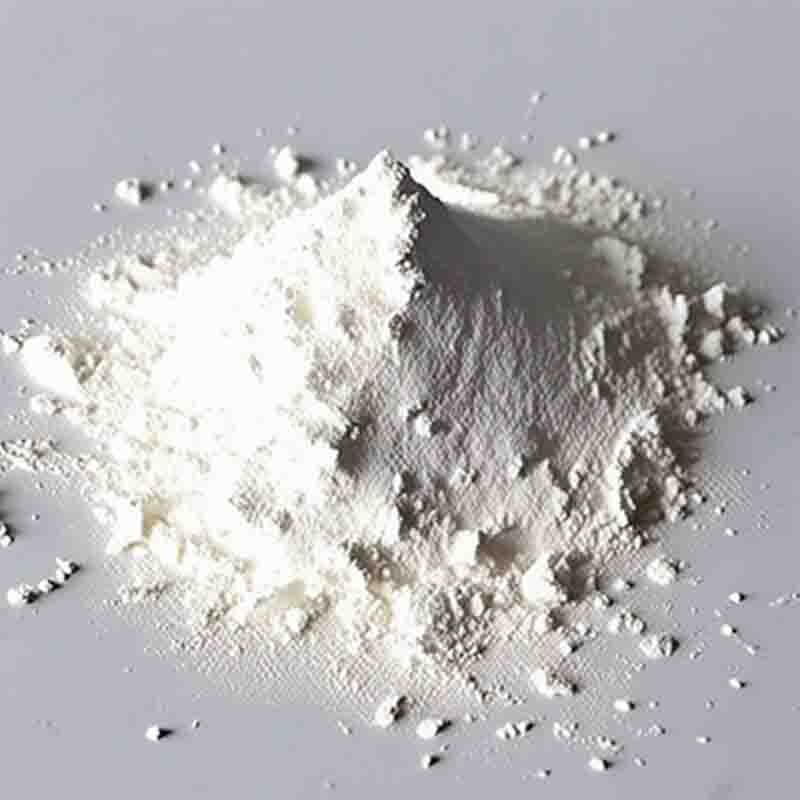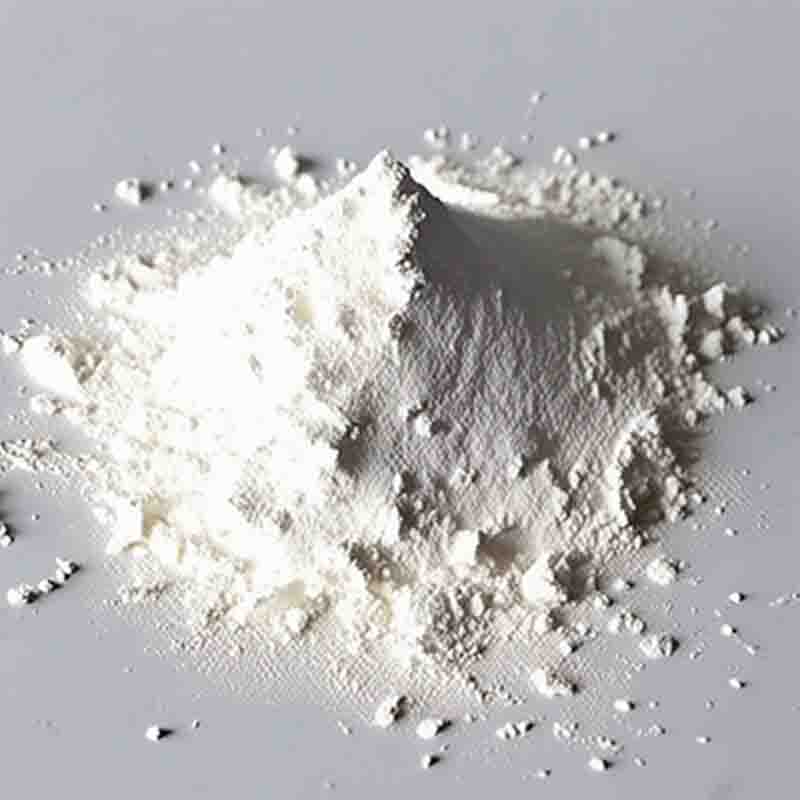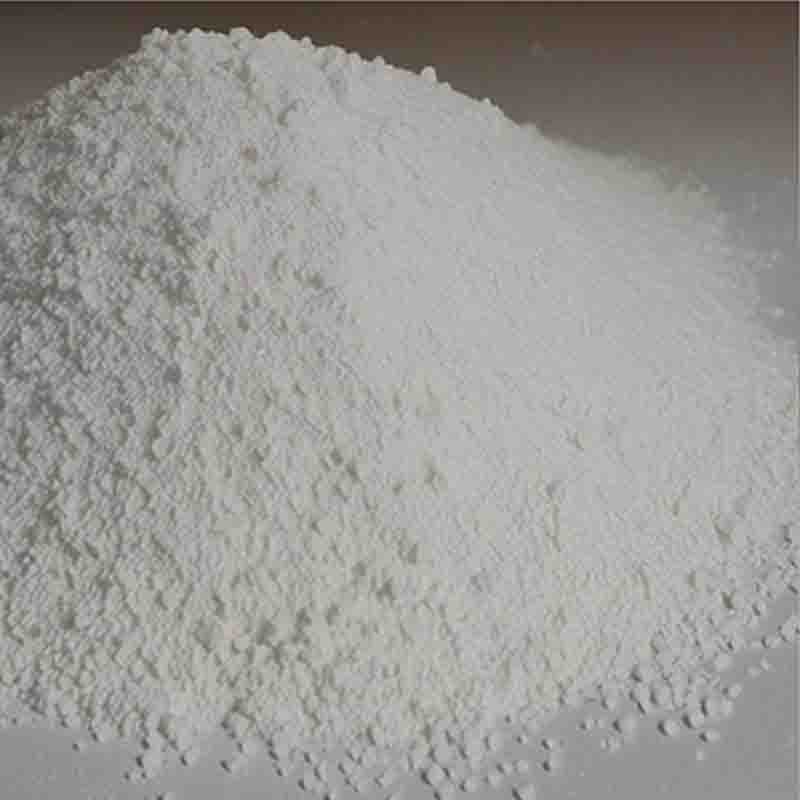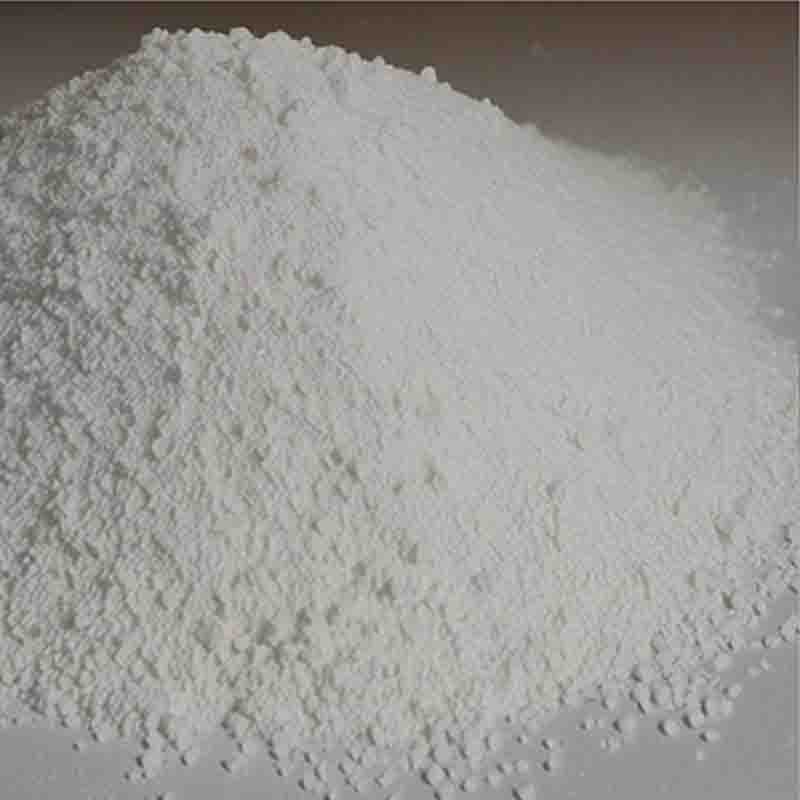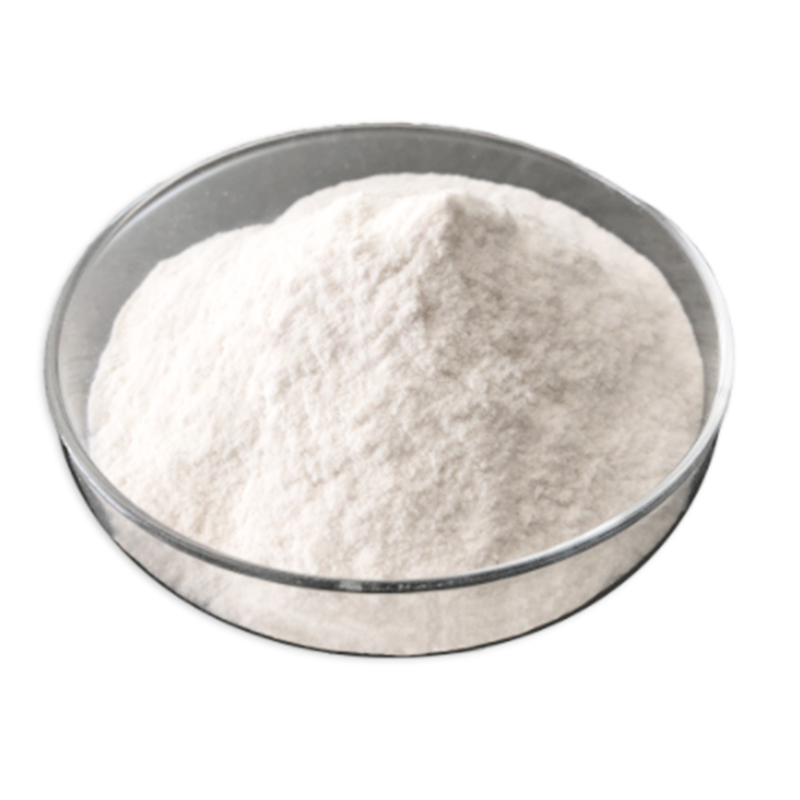AE ester CAS: 80756-85-0
| Catalog Number | XD94271 |
| Product Name | AE ester |
| CAS | 80756-85-0 |
| Molecular Formula | C13H10N4O2S3 |
| Molecular Weight | 350.43 |
| Storage Details | Ambient |
Product Specification
| Appearance | White powder |
| Assay | 99% min |
AE ester, or Aryloxyalkanoate Ester, is a chemical compound widely used as a herbicide in agriculture. It belongs to the group of aryloxyphenoxypropionic acid herbicides and has shown excellent control over a variety of broadleaf and grassy weeds.AE ester works by inhibiting the enzyme acetyl-coenzyme A carboxylase (ACCase), which is essential for the synthesis of fatty acids in plants. By disrupting this metabolic pathway, AE ester prevents the growth and development of weeds, ultimately leading to their death. This selective mode of action makes AE ester an effective tool in weed management, as it targets unwanted plants while allowing crops to thrive.One of the advantages of AE ester is its versatility. It can be applied pre-emergence, post-emergence, or in a split application, depending on the specific weed species and the stage of their growth. The flexibility in application timing enables farmers to deploy AE ester at the most appropriate stage to maximize its effectiveness.AE ester also demonstrates good residual activity, which means it can provide long-lasting control of targeted weeds. This is particularly beneficial in no-till or minimum tillage systems, where weed control between crop rotations is crucial. By preventing weed competition, AE ester helps to protect crop yield and maintain the overall health of agricultural systems.Furthermore, AE ester is known for its systemic action. It is readily absorbed by the leaves and stems of treated plants and translocates throughout their vascular system. This systemic movement ensures that AE ester reaches all parts of the target weed, including its roots, effectively suppressing the weed's growth and preventing regrowth.To ensure the efficient and responsible use of AE ester, it is important to follow proper application guidelines. Dosage rates should be carefully calculated based on the target weed species and their growth stage. It is also essential to consider environmental conditions, such as temperature and moisture, as they can affect the herbicide's efficacy.It is worth noting that AE ester may have some potential risks to non-target plants and aquatic organisms. Therefore, precautions should be taken to minimize any potential off-target effects. This may include buffer zones, avoiding applications near sensitive areas, and following recommended practices for tank-mixing and equipment cleaning.In conclusion, AE ester is a highly effective herbicide utilized in agriculture for the control of broadleaf and grassy weeds. Its selective mode of action, versatility in application, residual activity, and systemic movement make it a valuable tool in weed management. However, responsible use and adherence to recommended guidelines are essential to ensure maximum effectiveness while minimizing any potential risks to the environment.


